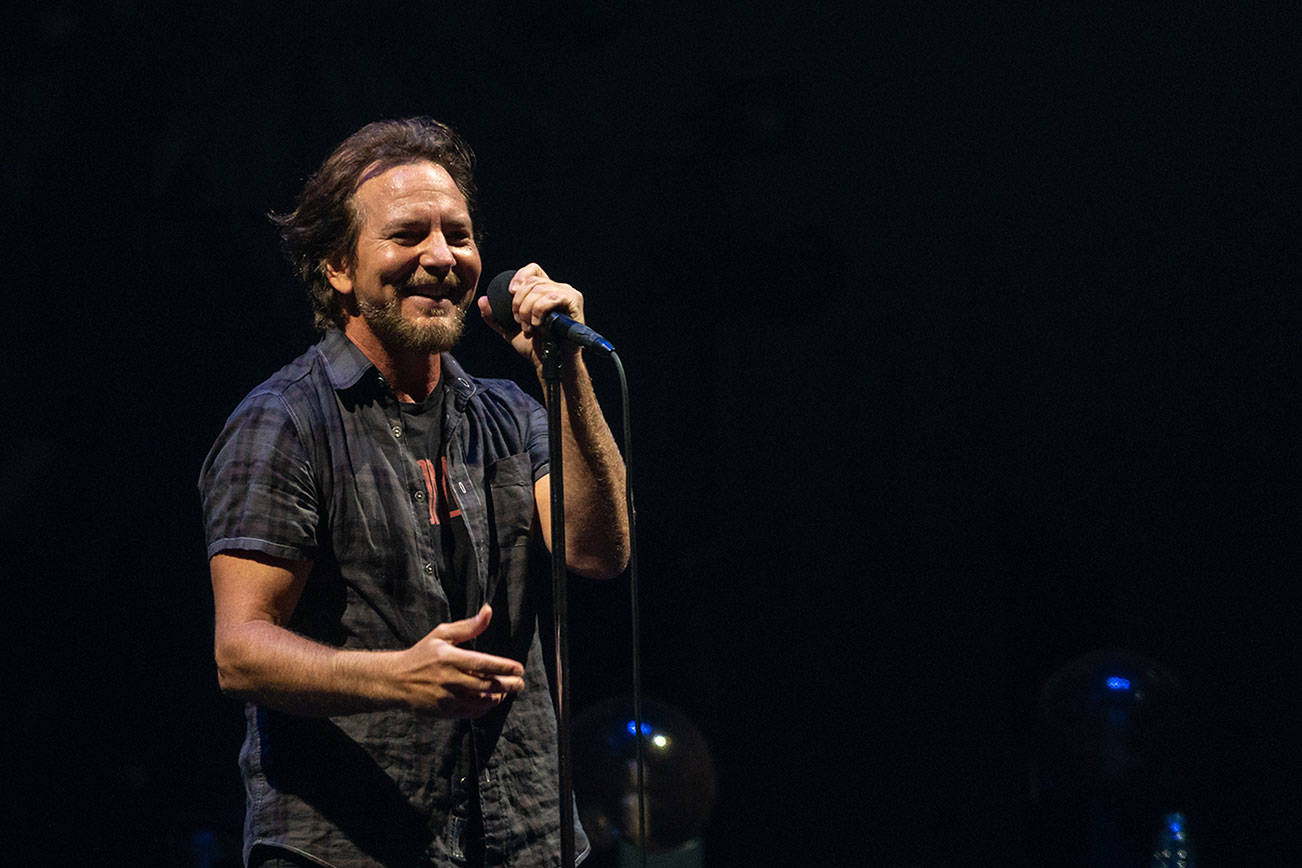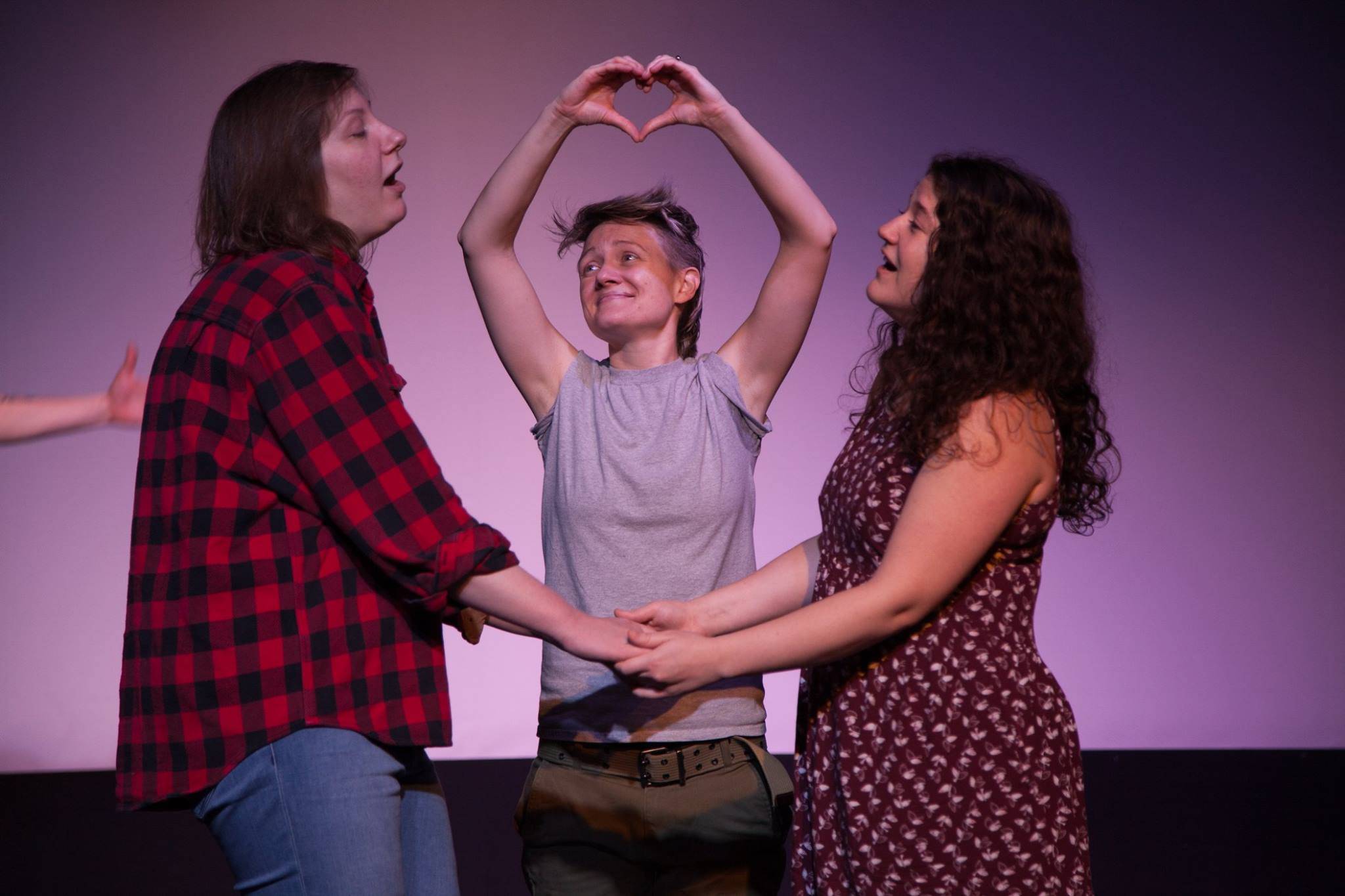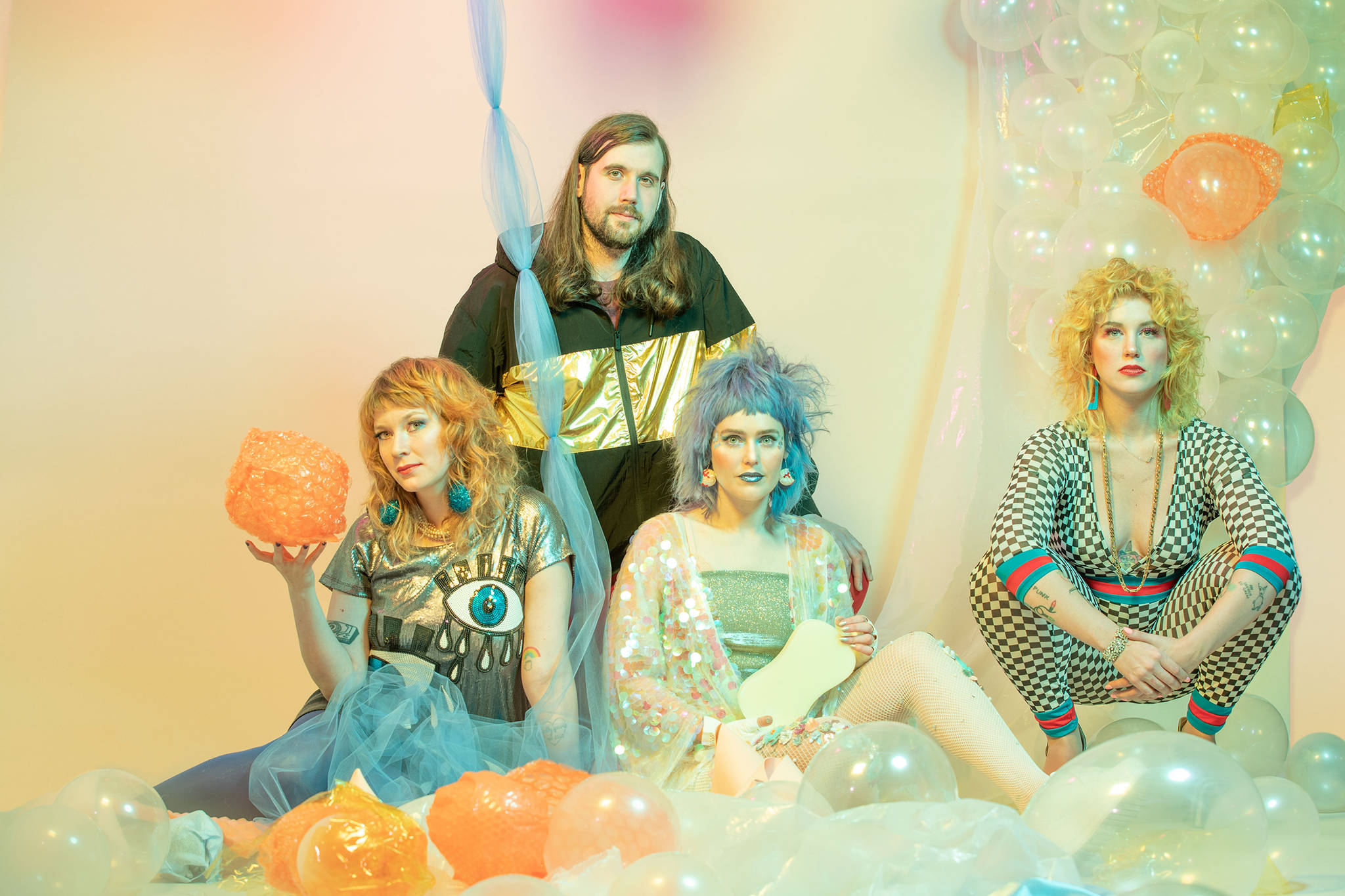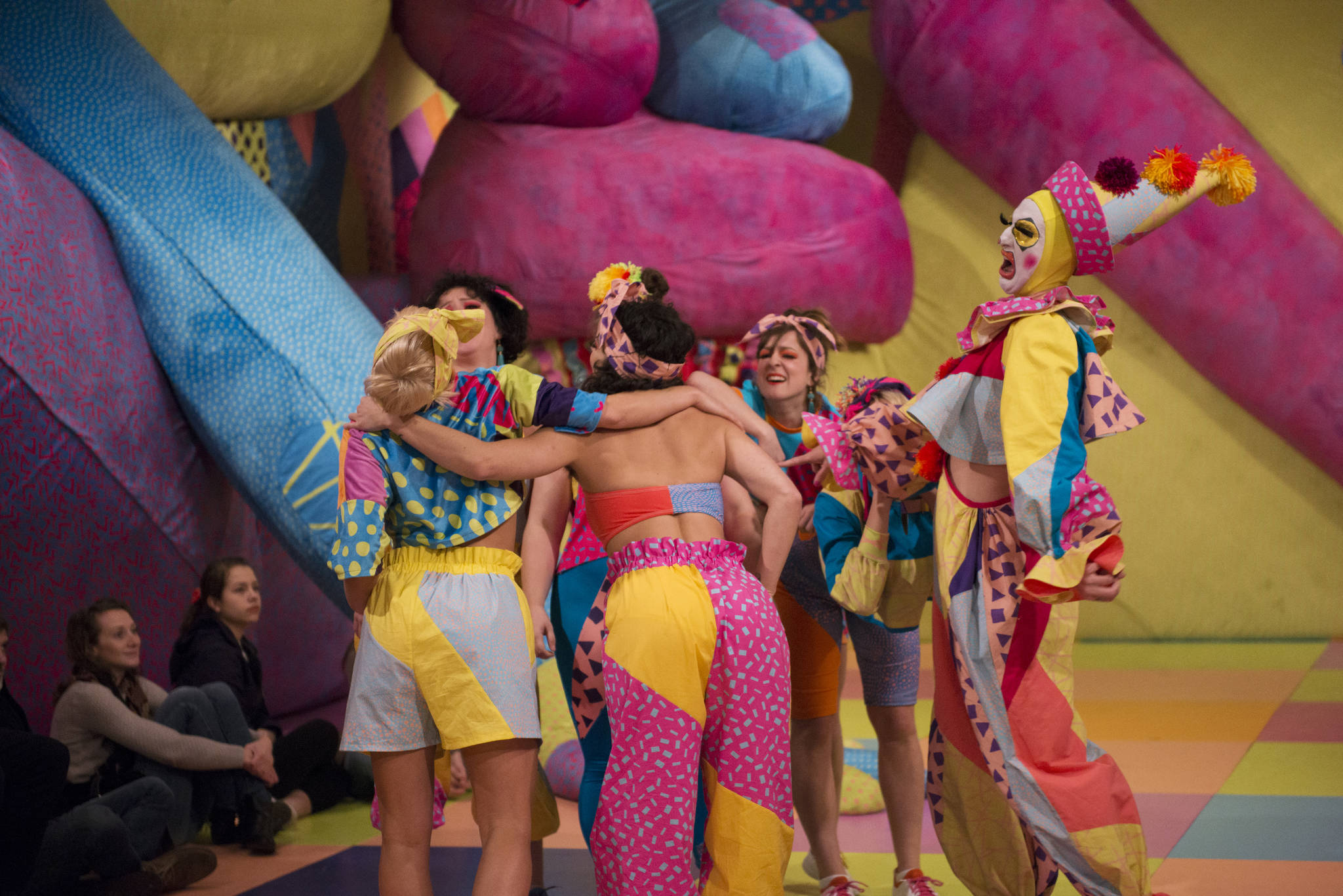Rock isn’t dead. Rock isn’t dying. The very concept of its demise is just a paper-thin attempt at cheap provocation by intellectual lightweights and hack writers. Has the genre faded from its spot as the most prominent pop-cultural force? Certainly. Obviously. But for heaven’s sake, jazz still maintains its own venues and festivals. And last time I checked, there’s no shortage of angsty white dudes, and they sure do love picking up guitars. That being the case, rock doesn’t need a band to be its savior.
But it could use a band to be its archivist: one that captures the music at its pre-faded heights.
During Pearl Jam’s two concerts at Safeco Field last week—dubbed “The Home Shows”—the band made its case to be rock’s reigning archivist.
The conversation begins with Pearl Jam’s extensive catalogue. When you’re able to play multiple three-and-a-half-hour shows over a few days and still have plenty of material left untouched, it speaks to longevity and legacy.
Full disclosure: I’ve never been a Pearl Jam fan, but it’s far easier to understand the band’s appeal live. Most notably, Eddie Vedder’s baritone carries much more of a powerful punch in person. Not only do hits like “Better Man” and “Alive” get the crowd to a euphoric state, but songs like “Corduroy” (or as some might know it, the intro theme to The B.S. Report) are orders of magnitude more compelling and electric live. From the ease of Mike McCready’s guitar-solo wizardry to the thunderous punch of Jeff Ament and Matt Cameron’s rhythm section, the polish to the band’s live sound feels like how arena rock is supposed to sound—massive and anthemic.
But the band didn’t tap only into its own well of songs during the two concerts. There were also covers. So many covers: the Beatles, Pink Floyd, Neil Young, The Who, Iggy and the Stooges, Chris Cornell, MC5, and more. In the archivist role, Pearl Jam performs the concept of a rock concert. The adoration of its forebears peaked on Friday when Vedder chatted about the spirit of his departed friend Tom Petty (whom he last saw perform at Safeco in 2017) before launching into a solo rendition of “Won’t Back Down” as the crowd illuminated Safeco with the movingly communal firefly glow of their cellphone lights.
The Home Shows also carried on the socially conscious legacy that was long part of rock’s rebellious DNA. The concerts (and various local tie-in partnerships) raised $11 million, which will be donated to local organizations that help the city’s homeless populations. But that wasn’t the only cause on Vedder’s mind. In addition to pleas to vote this November, the singer also started a call-and-response of “Save the Showbox” during the bridge of “Even Flow” on Friday night.
If there’s a hole in Pearl Jam’s platform for rock archivist, it’s the lack of connection to what’s currently happening in the genre. This is where Foo Fighters—the only other front-runner as rock archivists—laps Pearl Jam. The Home Shows didn’t have any opening acts, and while PJ fans probably were fine with the streamlined production (even if it meant sitting for hours in a stadium with nothing happening), that’s a missed chance to elevate younger acts. By comparison, Foo Fighters has had excellent small bands—ones that typically play Vera Project-sized venues—like Speedy Ortiz and Melkbelly open some of their recent stadium shows. This disconnect with what’s happening now was further underscored by Pearl Jam’s extensive cover arsenal: The most recent come from early 2000s albums by the White Stripes and Brandi Carlile.
There’s only one real question after last week’s shows: Why does Pearl Jam so rarely use its rock powers? The Home Shows were the first time the band played Seattle in five years. This should be an annual occurrence. If the Dave Matthews Band can take over the Gorge every Labor Day Weekend, you think Pearl Jam couldn’t sell out Safeco at least once every summer? Don’t be ridiculous. If it became a thing annually, Pearl Jam fans around the globe would start making pilgrimages to Seattle to see it (some already did, judging by the sheer volume of folks in Pearl Jam concert T-shirts from other cities). Sure, frequency might make each edition feel slightly less like a special rarity, but more money could be raised and the fans would be ecstatic. Rock isn’t going to die, but the genre the band clearly loves to support will be more vital with an active archivist.
ssommerfeld@seattleweekly.com








